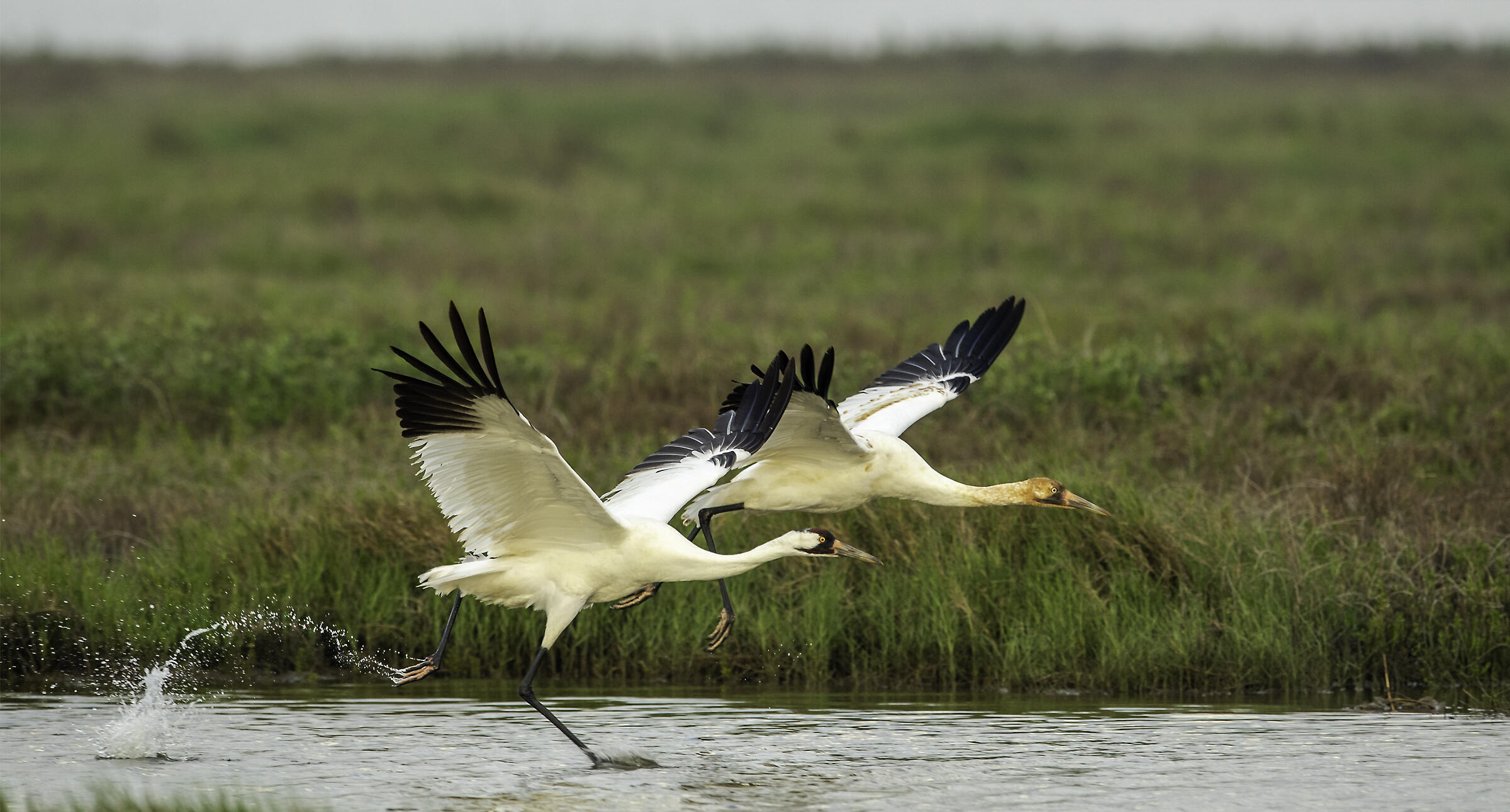A global initiative of BirdLife International, implemented by Audubon and local partners in the United States, the Important Bird Areas Program (IBA) is an effort to identify and conserve areas that are vital to birds and other biodiversity.
The Important Bird Areas (IBA) Program began as an initiative of BirdLife International in the mid-1980s. Since then, more than 3,600 sites in 51 European countries have been identified as IBAs. Today, IBAs are being identified on nearly every continent. Audubon launched its IBA Program in the United States is 1995.
AN IBA Technical Committee consisting of prominent ornithologists, researchers, and agency personnel from both North and South Dakota was formed to assist in evaluation and prioritization of nominated areas. The IBA Technical Review Group accepts or rejects IBA nominations based on the Global IBA criteria and information provided on the nomination form.
What is an IBA?
Important Bird Areas are sites that provide essential habitat to one or more species of birds during some portion of the year (nesting areas, crucial migration stop-over sites, or wintering grounds). IBAs may be a few or even thousands of acres, but usually are discrete sites that stand out from the surrounding landscape. IBAs may include public or private lands, or both, and may or may not already be protected.
Goals of the IBA Program
- Identify the most essential areas for birds
- Monitor those sites for changes to birds and habitat
- Conserve these areas for long-term protection of biodiversity
Important Bird Areas (IBAs) are exactly what their name implies: places or habitats that are essential for bird populations. The goal of the IBA program is to conserve birds by identifying, monitoring, and protecting critical bird habitats. Because habitat loss is the most serious threat facing bird species across North America and around the world, Audubon’s IBA program is a site-based initiative to address habitat loss through community-supported conservation.
Science-based Conservation
IBAs are designated and ranked against a rigorous set of scientific criteria, set and interpreted by local and then national committees of leading bird experts convened by Audubon. IBAs may be a few acres or thousands of acres, but they are discrete sites that stand out from the surrounding landscape. For a place to qualify as an IBA, it must either support a large concentration of birds, provide habitat for a threatened or rare species, or provide habitat for a bird with a very limited or restricted range. Once nominated and selected as an IBA, a site is then ranked as significant at either the state, continental, or global level.
Global Currency for Conservation
The IBA’s of North and South Dakota will become part of a growing global network of designated IBAs, spanning 156 countries around the world and 26 countries in the Western Hemisphere alone. This international effort is led worldwide by BirdLife International and in the United States by the National Audubon Society. Because every IBA across the planet has been designated and ranked against the same criteria, we often refer to IBAs as a Global Currency for Conservation. Globally, thousands of IBAs and millions of acres of avian habitat have received recognition and better protection as a result of the IBA program.
What's been completed
- First round of inventory of Global and State IBAs across North and South Dakota completed.
- Work with state and national technical committees to review nominations and document sites;
- Establish the Dakotas IBA database and associated maps (including GIS files); and
- Select highest priority IBAs, assessing threats, species status, and conservation opportunities.
What’s Next:
Over the next two years, pending the necessary funds, Audubon seeks to:
- Initiate site assessments and monitoring plans for high priority IBAs, working with communities, volunteers, Audubon partners and local chapters;
- Monitor threats to IBAs, and cooperate with agency officials, landowners, land managers, planners, neighbors, and other stakeholders to prevent and/or mitigate those threats;
- Expand outreach and education efforts, including online tools (e.g., web-based mapping applications), onsite nature interpretation and signage, and citizen science initiatives at IBAs; and
- Promote adoption of IBAs and other forms of community buy-in and on-the-ground action.

How you can help, right now
Support Rowe Sanctuary
Help us continue our important work for Sandhill Cranes and other birds that rely on the Platte River ecosystem!
Support Spring Creek Prairie
We are able to provide and protect this amazing landscape only with the help of private donations. Help us keep the trails open and the prairie thriving!
Support Audubon in the Great Plains
Support our work with local landowners, urban woods and prairies, and education programs in Nebraska and the Dakotas!




